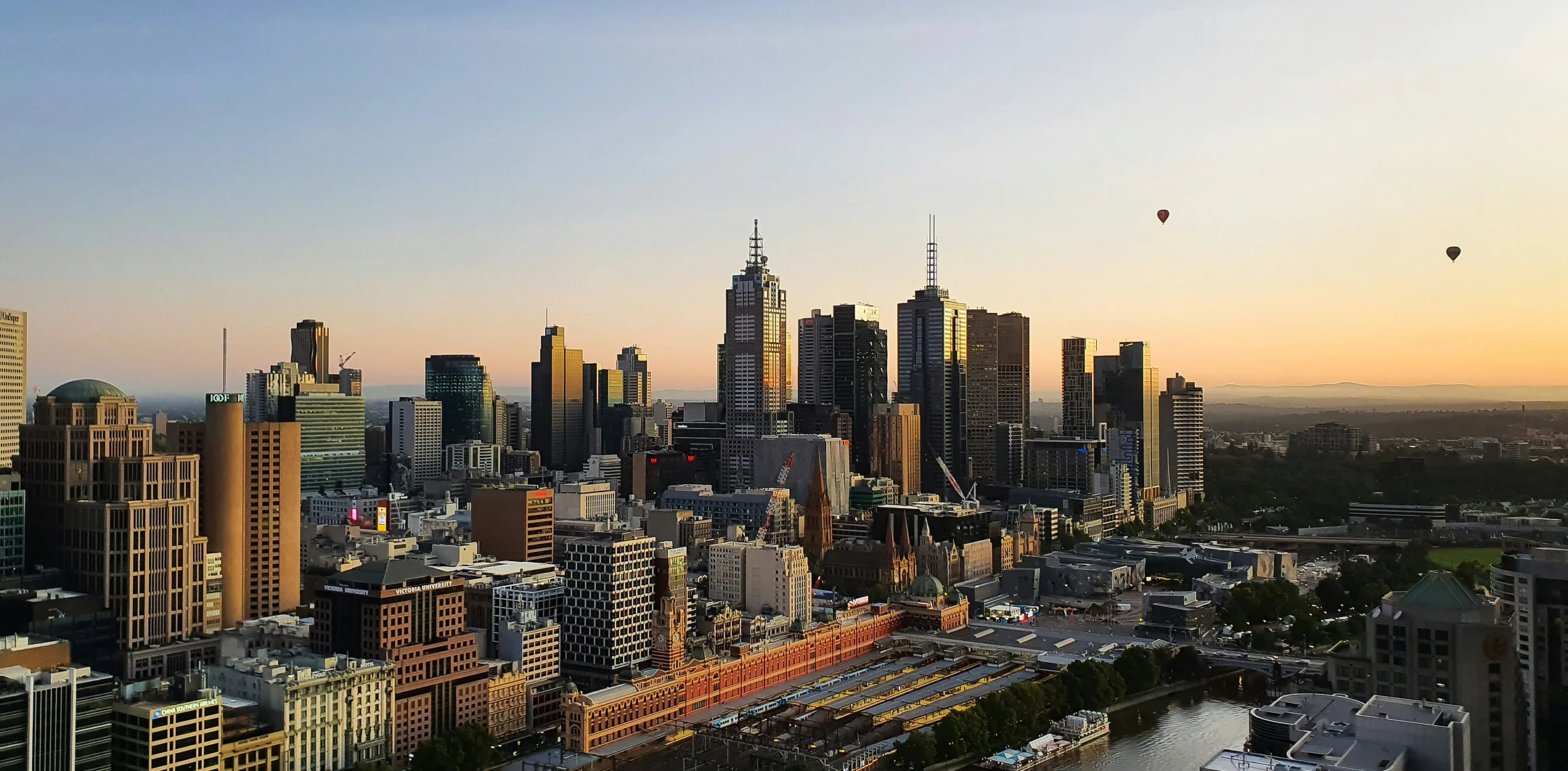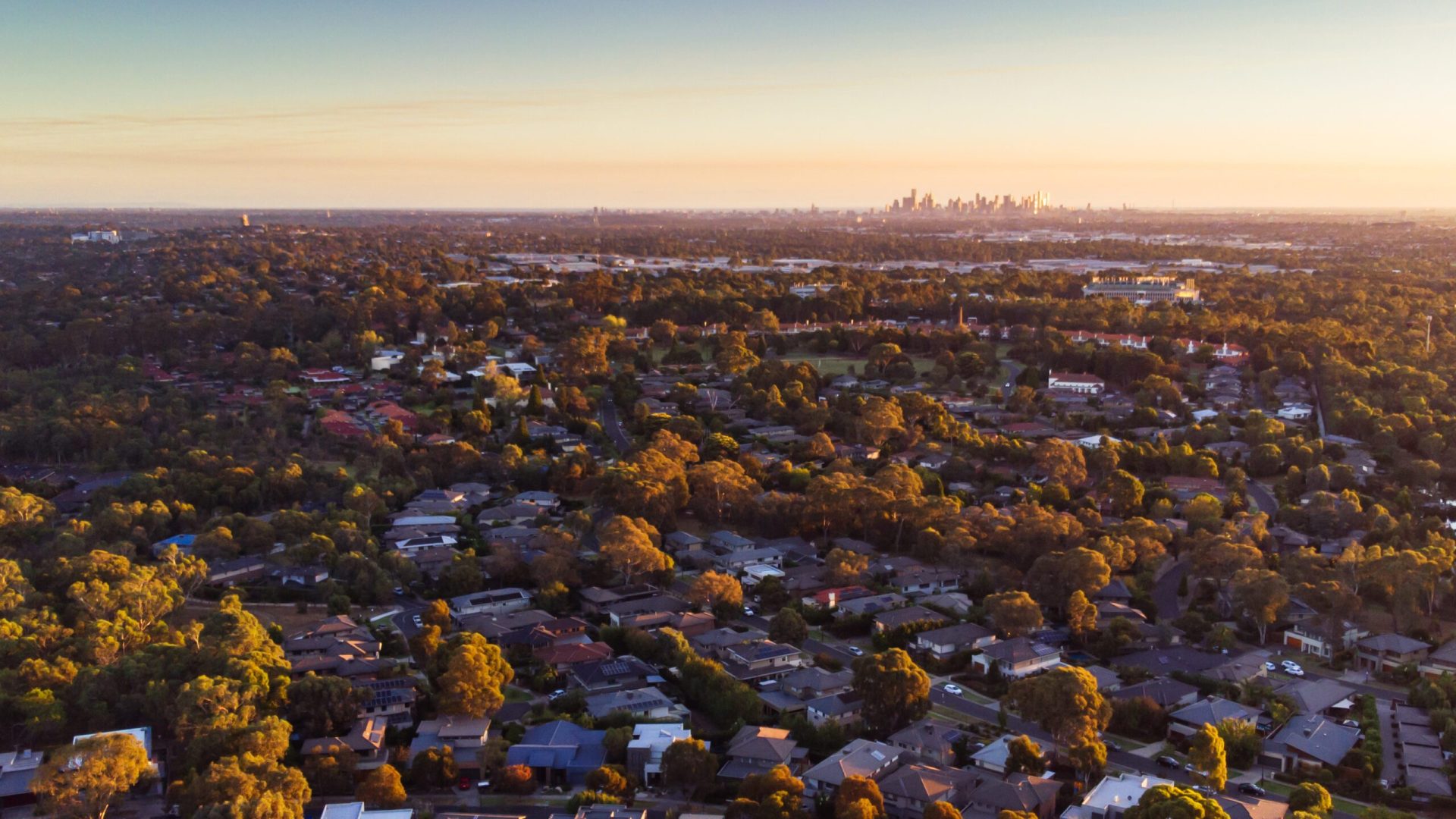By Matt Lewison
I started investing at the age of 18 while I was working part-time and by the age of 23 I was more than $1 million in debt, which was a little frightening at the time.
The properties were cashflow neutral (or near enough to it) and it helped me to sleep at night knowing that if I were to lose my job it wouldn’t be too difficult to adjust – I could just rent myself a cheaper apartment or unit. I wouldn’t have to sell any of my properties.
My strategy was to buy quality investments while renting where I wanted to live. For me this meant being close to the CBD where I worked and having access to quality restaurants, bars and the big parks and walking tracks that exist around our capital cities. I used my equity to buy properties where I had a low cost to hold. This meant buying homes in the suburbs where my cost to buy was low (well below median house price) and I achieved reasonably good rents in comparison to the purchase price. Yields of 5% to 7% were not uncommon. It also aimed for newer properties to take advantage of the tax benefits.
My concern was that if I poured my equity into buying my own home my debt serviceability would take a severe hit, slowing my rate of growth. This is because I wouldn’t receive a brass razoo from the government for owning the property – no depreciation, no deduction for rates and interest costs. Nothing. In addition, I probably would have spent more of my hard-earned on repainting, adding a deck, landscaping etc as most homeowners do. All the luxuries we are forced to abstain from when renting.
While I was used to debt, I worried about the sleepless nights that come from a big mortgage and the fear that if something happens to me/my job I would sell me own home in disgrace. It’s funny that you can live without something happily until you finally get it, and then the fear of loss is overwhelming…
But when my wife, Claire, finally fell pregnant I was told in no uncertain terms that we needed to be in our own home when the baby was born. That was March 2012 and I had until September 2012 to find us a home and to move in.
Now, buying an investment property, or a development site for that matter, is a mathematical equation. If the numbers work, and any risks can be managed, then it is a no-brainer. On the other hand, buying our own home was an emotional struggle – not least of all because my co-pilot was on a heavy cocktail of natural hormones as she carried our unborn child. Fortunately, quickly found a home that was under construction and which satisfied Claire’s desire for a “good family home” and my needs for “a sound investment”.
The thing is, many of our friends and family had a long-standing prejudice towards the suburb based on its reputation as a “housing commission area” when they were younger. Admittedly, there was quite a lot of housing commission in the area and there are still some parts of the suburb with housing commission flats. There is also a lot of old workers cottages which are owned by quite elderly people (one of our neighbours has lived in the street since he was born 65 years earlier).
What they didn’t realise, but which my research and experience told me was this:
1. The residents in the housing commission flats are being relocated to other suburbs (they are down to 30% occupancy currently)
2. When they are vacant the flats will be demolished
3. New upmarket developments will replace them
4. The other workers cottages that made up the rest of the suburb are situated on blocks of 650m2 to 850m2 and the elderly owners are all moving on
5. Young executive couples with babies/looking to start a family (emotional buyers) are moving in
6. These cashed up buyers are knocking the workers cottages down and building McMansions in their place (a recent walk around the suburb suggests 2 in every hundred houses is currently being rebuilt, and approximately 30% of the suburb has already been rebuilt in the last 10 to 15 years – but the rate of change is definitely picking up
7. The suburb is bordered by two of the 10 most expensive suburbs in the state.
We could have spent another $200k to buy in the suburb next door which would have given us the same local amenity, but in a smaller house despite the higher price tag. Instead, we picked the suburb that had “out of cycle” growth potential – you see, when the market booms all suburbs go up in price.
What I always look for is a suburb that is undergoing change – it is “change” that will generate price growth even when the rest of the market is flat. And sometimes, the old prejudices are an advantage to those that are prepared to look beyond the suburbs history to understand what the suburb will look like in another 10 years. That is the important part – not what it was, but what it will be.








